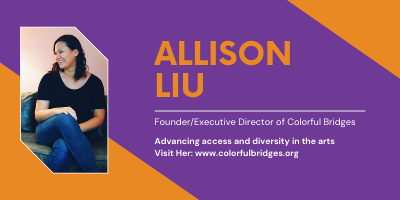Educators often perceive Asian American and Pacific Islander (AAPI) students as “model minority” students. Such a myth is harmful as it disguises many Asian American students in need of special education and related services.
What is the Model Minority Myth?
The term “model minority” describes a minority group that society regards as high-performing and successful, especially when compared to other groups. The narrative paints Asian American children as high-achieving prodigies, with fathers who practice medicine, science, or law and fierce mothers who force them to work harder than their classmates and hold them to standards of perfection.
However, this is false.
Not every AAPI student, regardless if they have a disability or not, succeeds in school. We do not all receive the same levels of language, literacy, and social support. We do not all experience the same visibility in education and healthcare. Understanding this gap in support is the first step in making education accessible for the Asian American community.
How does it impact AAPI students with disabilities?
You may be asking yourself, “how could a stereotype like this be harmful?” The direct answer is the Model Minority Myth impairs educator perceptions of student needs and prevents them from offering and delivering equitable instruction and timely support to AAPI students.
After studying teachers and students at five elementary schools in Texas, researchers Ying and Garcia found that teachers described Asian American students as “high achieving” or “average” even if the students exhibited poor academic performance. This attribution error caused many of their students to miss out on getting the appropriate support they needed to thrive in their learning and development. Symptoms of learning disabilities and developmental issues often went overlooked for years.
In the fourth grade, I struggled with math. I cried almost every night over worksheets, trying to understand simple division. Yet, I never received tutoring and never earned less than an 85 on a math test because, according to one teacher, “subjects like this usually come naturally to students like you.” Despite the late nights spent studying and the tear stains dotting my textbooks, it wasn’t until the eighth grade – after my grades sank to the seventies and I spiraled into a severe depression – when the principal finally suggested that I seek out support. After getting an evaluation, I was eventually diagnosed with Attention-Deficit Hyperactivity Disorder (ADHD). Many of my neurodiverse Asian American peers have similar stories.
Seeing Neurodiversity in AAPI Communities
The historical invisibility of AAPIs in the disability space can be attributed to factors internal to our community and externally connected to this model myth. It has profound and long-lasting ramifications for our youth’s physical, mental, and emotional wellness, especially those with a disability.
My hope in sharing my personal story and analysis on the impacts of the Model Minority Myth is to bring greater awareness of the challenge to the educational equity and disability justice conversations.
Educators need to deepen their understanding of the Model Minority myth and how it shows up in their classrooms, offices, and schools. From here, they can deliver specialized services that acknowledge and connect to their students’ unique cultures and begin to build spaces of belonging with and elevate the stories of their AAPI students and families.
MindWorks Collaborative would love to invite you to learn more about interrupting the Model Minority Myth. Join future conversations on this topic by signing up for our community of justice-driven special educators here and sign up to get alerts for our next roundtable.



Recent Comments